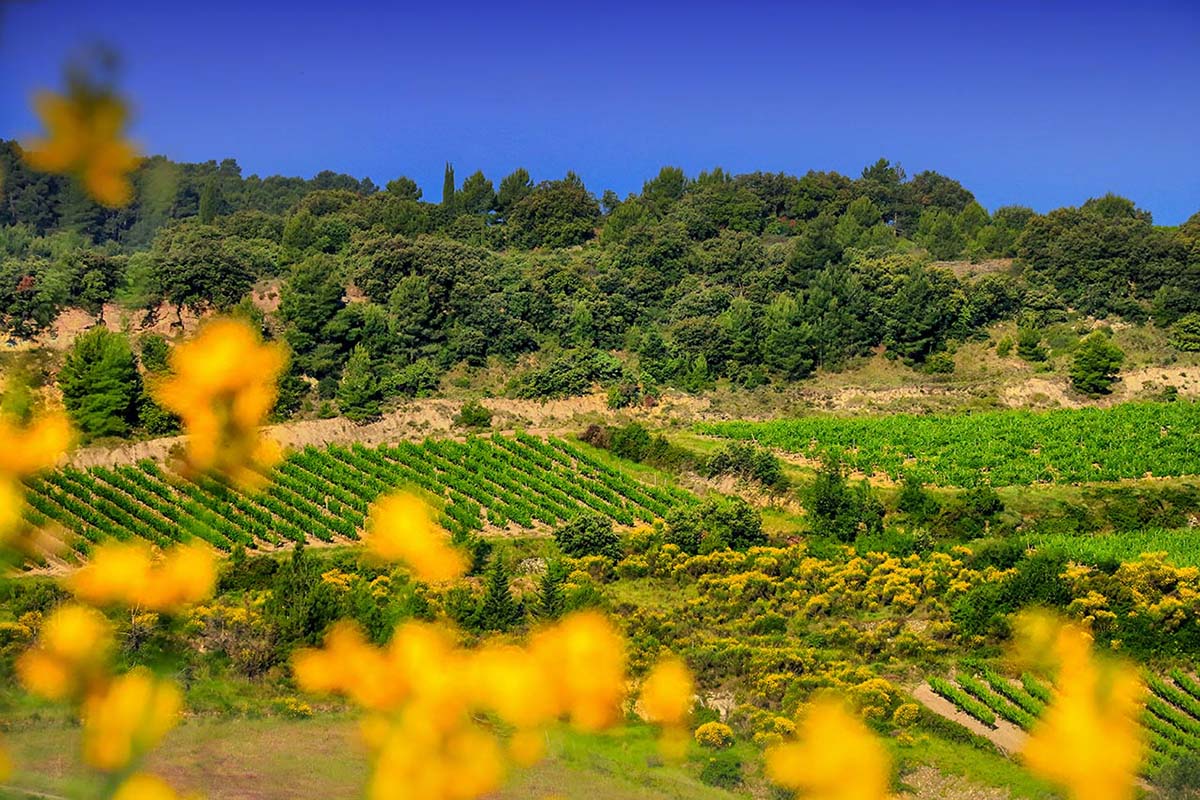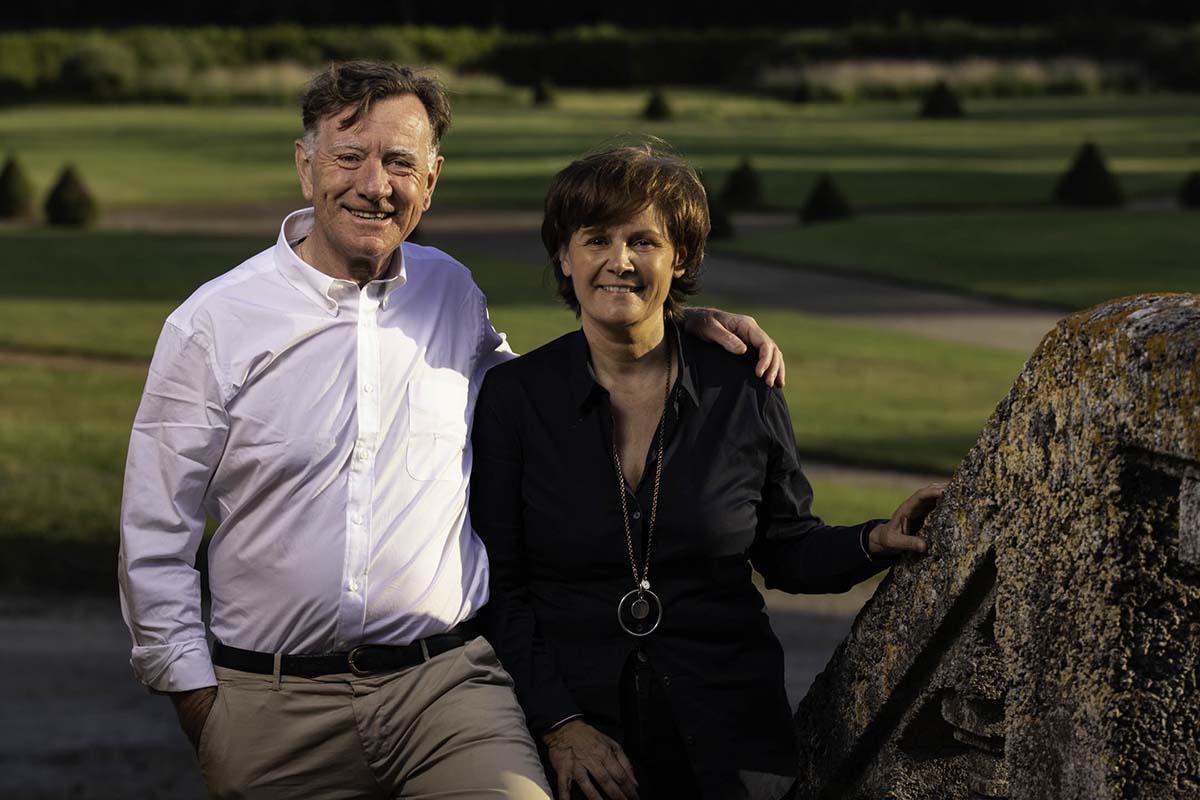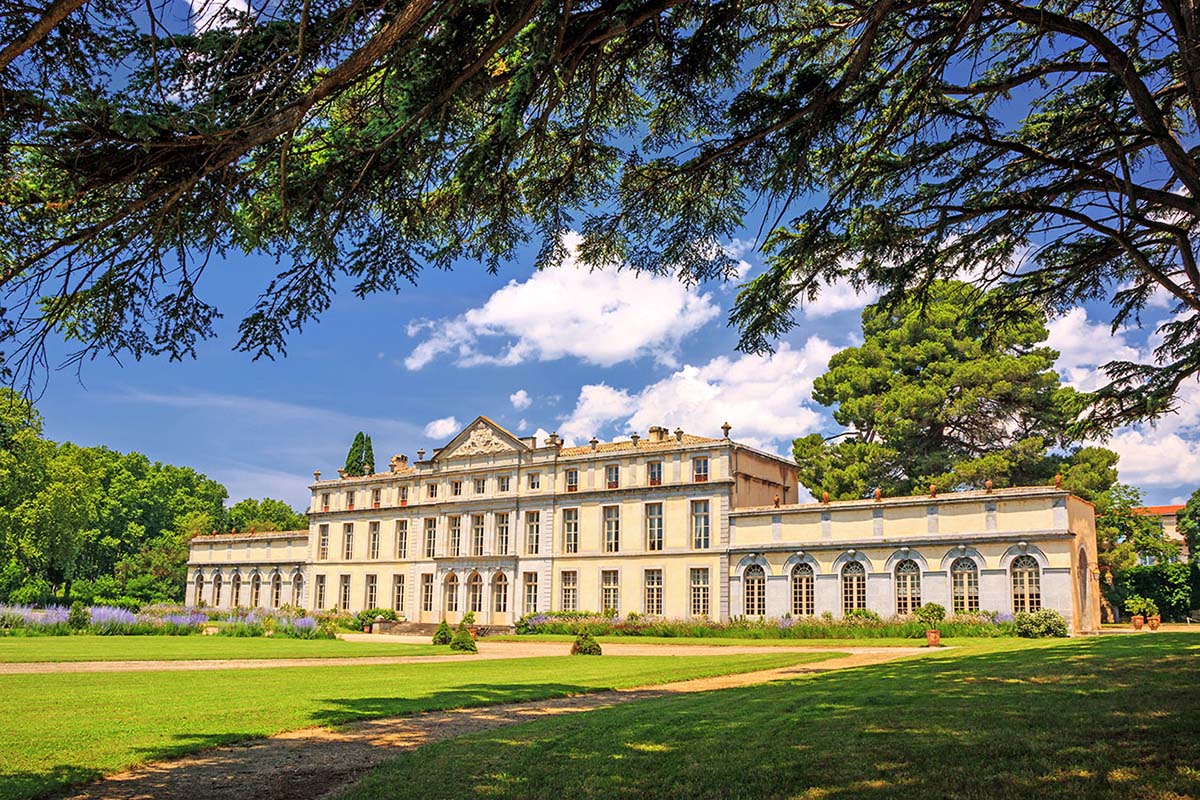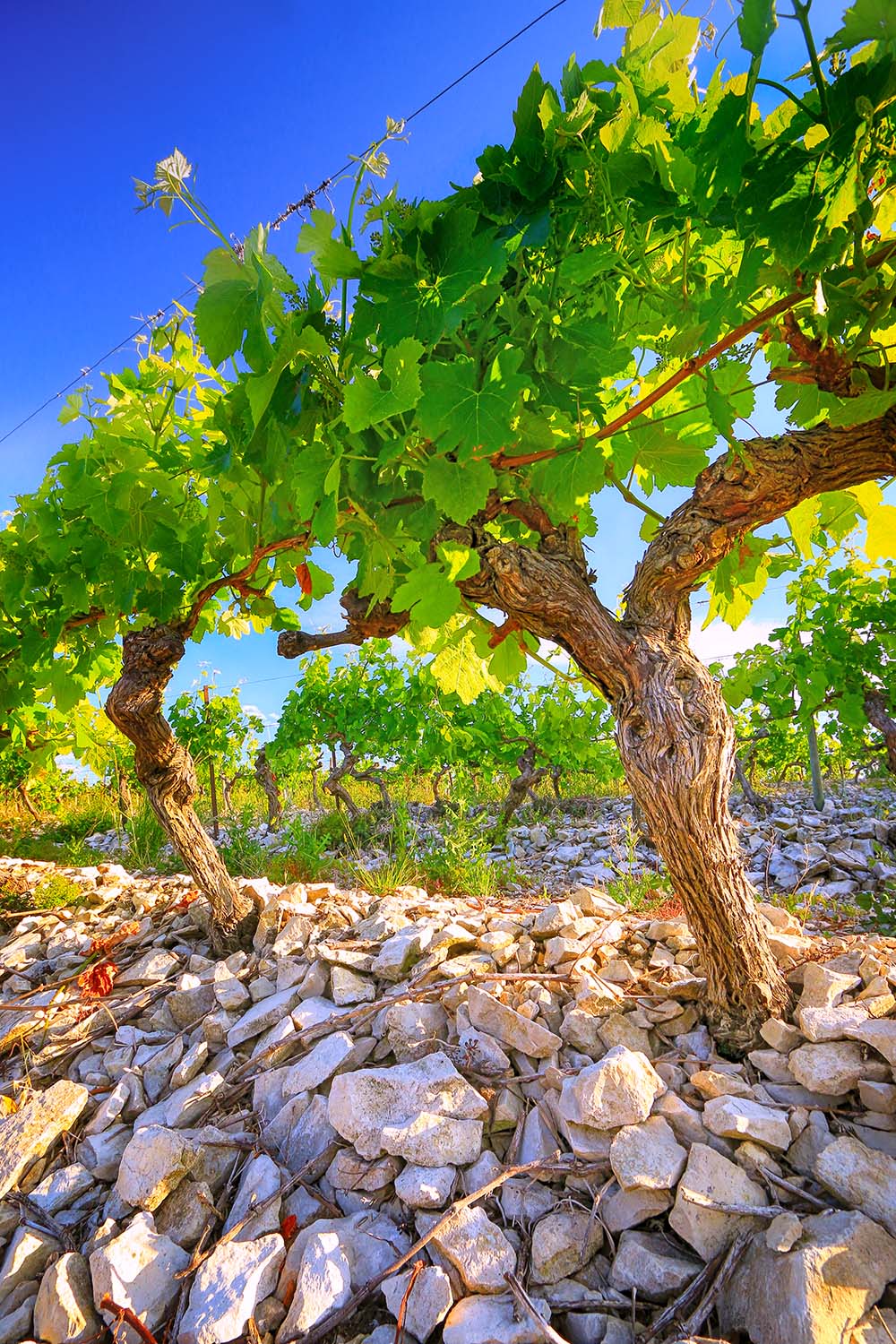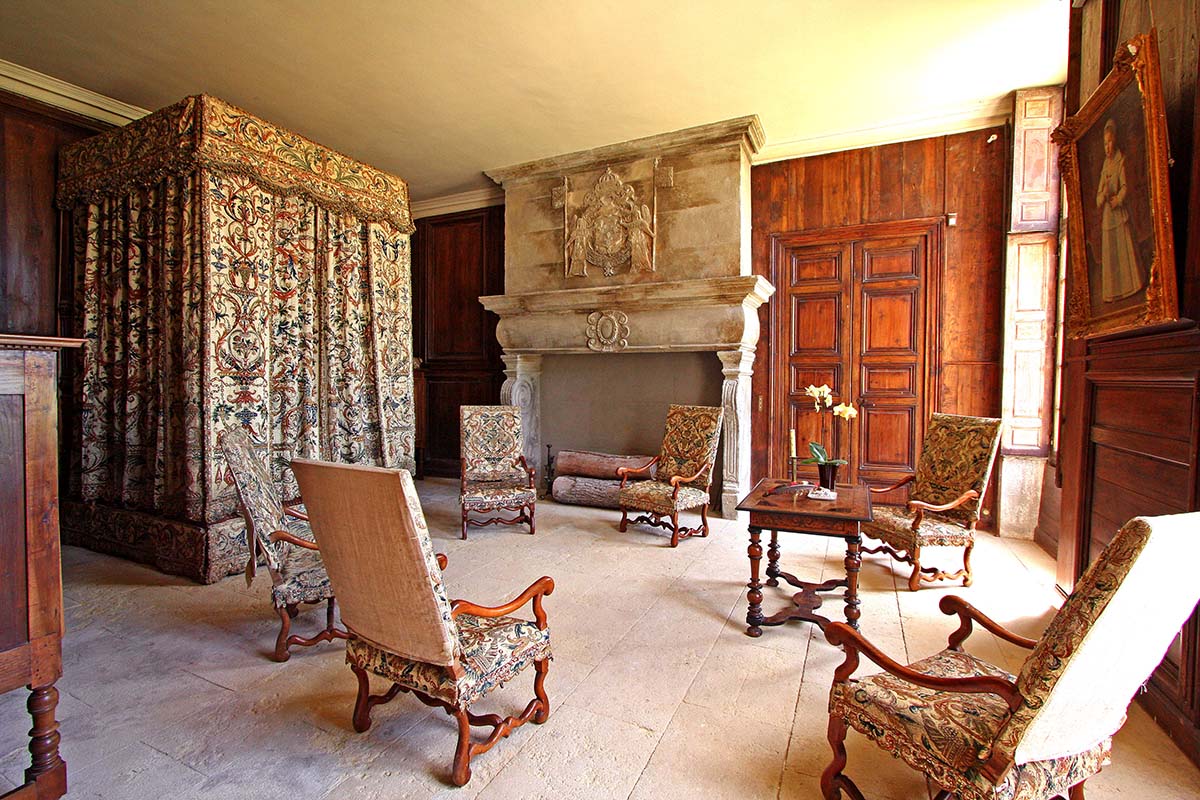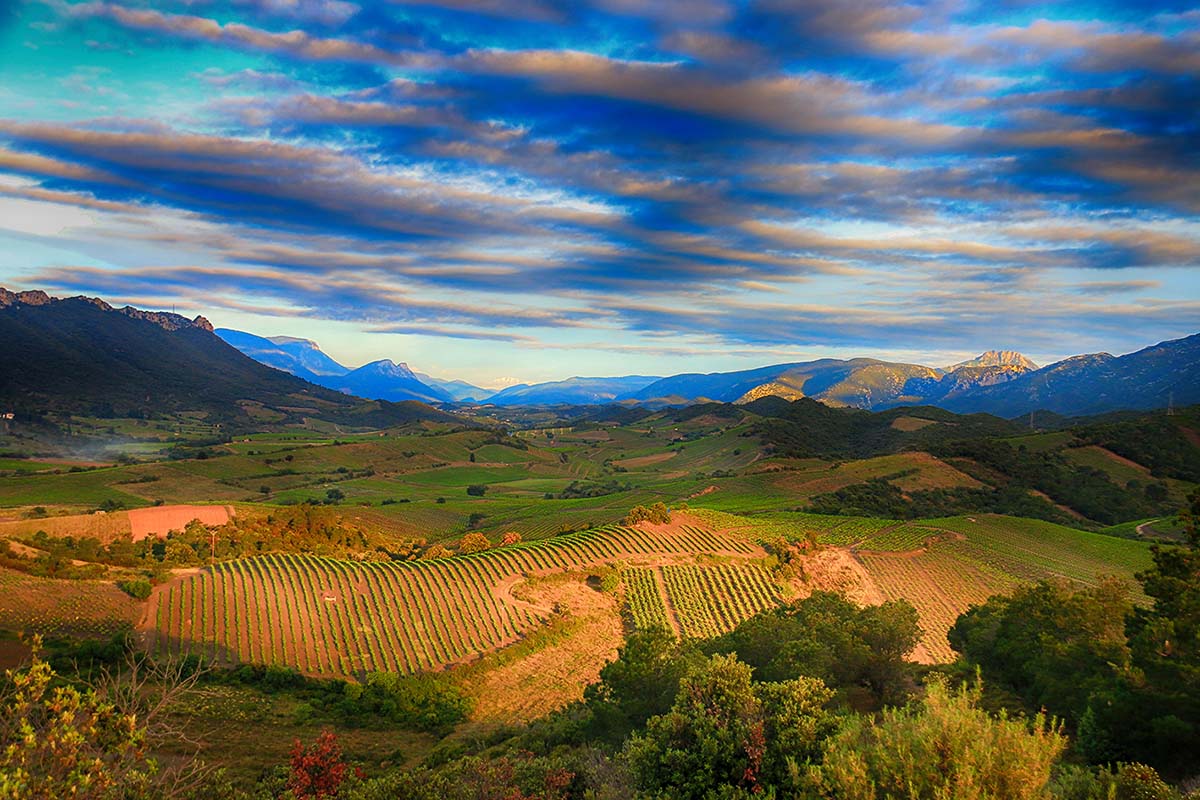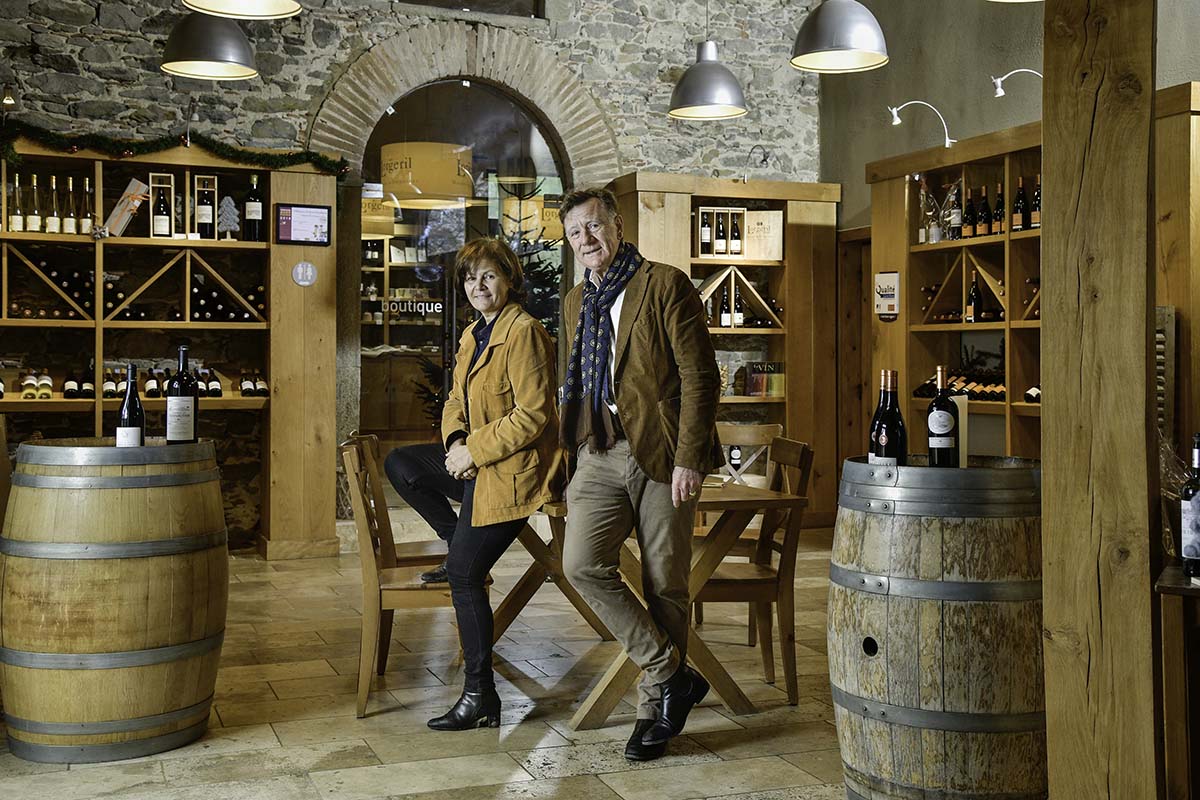At the gateway to Carcassonne stands a château once visited by King Louis XIII, where time seems to linger among manicured gardens and vaulted cellars. Built in 1620 and often referred to as the “Versailles of the Languedoc,” Château de Pennautier is not only a jewel of French architecture, but also the birthplace of one of France’s oldest independent winemaking families – Maison Lorgeril.
Today, the estate and its six family-run vineyards across Languedoc and Roussillon are helmed by Nicolas and Miren de Lorgeril, the 12th generation to carry forward this exceptional legacy. Under their stewardship, the House has evolved into a symbol of terroir-driven precision, environmental stewardship, and Mediterranean elegance. It unites centuries-old heritage with a global, modern sensibility.
As part of our Postmarked by Bridges series, I had the pleasure of speaking with Miren de Lorgeril from her historic estate to uncover the story behind the wines, the vision that sustains the House across generations, and the thoughtful ties they’ve cultivated with markets like Japan.
I look forward to experiencing the full expression of Lorgeril’s legacy especially as a future guest of Domaine de Garille, their vineyard-side retreat—where the charm of the French countryside meets the timeless spirit of château life.
Bridges: Château de Pennautier has been in your family since 1620 and is often described as the “Versailles of the Languedoc.” How does the estate’s storied history shape your approach to winemaking today and what role does legacy play in maintaining quality across generations?
Miren de Lorgeril: Château de Pennautier was indeed built in 1620 by Bernard Rech de Pennautier, Treasurer of the States of Languedoc. As the 12th generation from the same family, we feel incredibly privileged to carry this legacy forward and that deep-rooted history is central to everything we do.
When you’re working on land cultivated for over four centuries, you feel a sense of responsibility not just to past generations, but to future ones. Our approach to winemaking honors that legacy by prioritizing precision, balance, and respect for the terroir. The search for freshness, a guarantee of the elegance and balance of the wines, is the guiding principle of our collections. To achieve this, we have carefully selected the best hillside terroirs, where the altitude tempers the exuberance of the Mediterranean climate.
From King Louis XIII era to the present day, the Lorgeril family has carried forward a tradition of excellence. How have you balanced this noble heritage with the evolution of modern winemaking and global palates?
Carrying forward a tradition that began in the time of Louis XIII is both a privilege and a challenge. We embrace our noble heritage not as a constraint, but as a foundation. Over time, we’ve integrated modern techniques, environmental responsibility, and evolving global tastes. We were among the first in our region to explore high-altitude terroirs, and we’ve been pioneers in embracing organic and regenerative viticulture. Our wines reflect this vision: deeply rooted in place and history, yet crafted with a clarity and a positive energy that speak to today’s wine lovers around the world.
Château de Pennautier is more than a vineyard, it’s a place where architecture, landscape, and winemaking form a seamless whole.
Miren de Lorgeril, 12th Generation Owner of Maison Lorgeril
Château de Pennautier is not just a winery, but also a living museum that reflects centuries of French culture and savoir-faire. How does the physical space, its architecture, its setting influence the way visitors and consumers experience your wines?
Château de Pennautier is more than a vineyard, it’s a place where architecture, landscape, and winemaking form a seamless whole. The château itself is classified as a Remarkable Historical Monument, and it stands as a living symbol of French heritage. We welcome visitors year-round for a truly immersive wine tourism experience: guided tours of the estate and historic cellars, wine tastings, vineyard walks along marked trails, and even overnight stays in charming guesthouses nestled among the vines. Our on-site restaurant, La Table du Château, showcases seasonal cuisine paired with our wines, adding a gastronomic dimension to the visit. This unique setting gives our guests a deeper connection to the wines. They don’t just taste them, they experience the place and the spirit in which they were made.
You’ve had a long-standing relationship with Japan, a country that deeply values craftsmanship and refinement. Can you share how this partnership began, and how your wines have resonated with the Japanese market over the years?
Our relationship with Japan began many years ago, built on shared values: precision, respect for nature, and a deep appreciation for detail. Japanese consumers immediately connected with the finesse, freshness and balance of our wines, and we’ve continued to grow through partnerships rooted in trust and cultural alignment notably with our long-standing partner Vinos Yamazaki. Together, we’ve developed specific cuvées, such as our Rêve de Pennautier, an elegant and refined late-harvest wine that perfectly reflects the taste for subtlety and harmony.
Lingering Notes
Maison Lorgeril is a living testament to the art of carrying heritage forward. Twelve generations have devoted themselves to crafting wines that marry tradition with refinement. Every glass reflects the elegance of the Languedoc, every stone of the château holds the weight of centuries.
When I one day arrive as a guest at Domaine de Garille – their vineyard-side retreat where the charm of the French countryside meets the grandeur of château life – I look forward to a setting where the wines speak of the land, the walls whisper history, and hospitality flows as generously as the vintages themselves.

